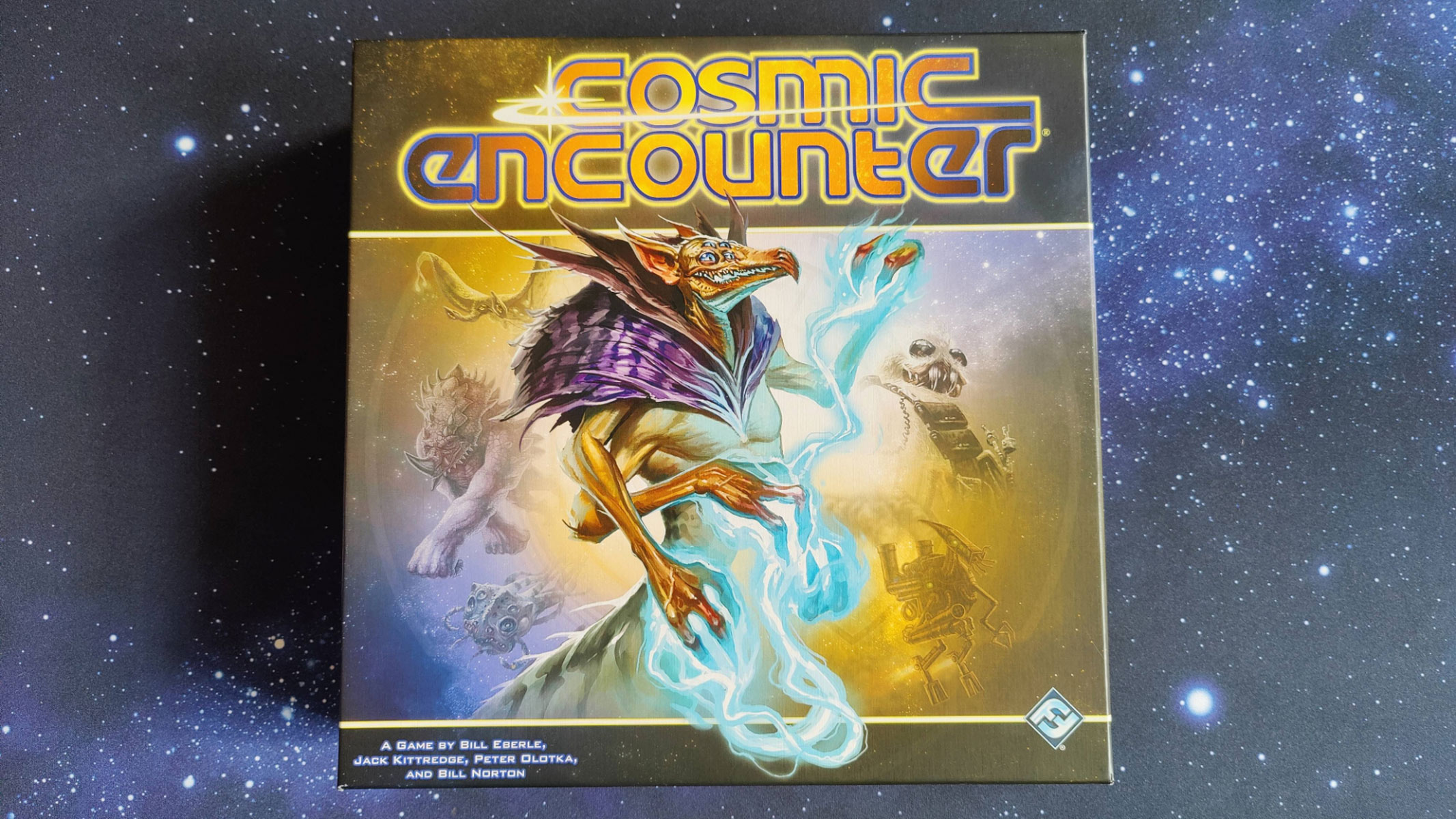Anyone gazing at the summer night sky for even a short length of time is likely to spot a few "shooting stars" darting across the sky.
Meteors are typically bits of material left behind by comets. They're often no larger than sand grains, and they vaporize as they enter our atmosphere. In general, the Earth encounters richer meteoric activity during the second half of the year. Between August 3 and 15, there are a half-dozen different minor displays that are active.
The best display of the summer comes during the second week of August: the annual Perseid meteor shower. At its peak around the nights of Aug. 11 and 12, this display can produce 50 to 100 fast, bright meteors per hour.
This will be a fair-to-good year to watch for the Perseids. A bright gibbous moon, which initially will interfere with observations, will set at around 1:30 a.m., leaving the rest of the night dark for prospective meteor watchers. The only equipment you'll need is your eyes and a modest amount of patience.
Early morning is best
The main trick is to plan your meteor-watching for the pre-dawn hours. Not only will the moon have set, leaving skies darker, but there are simply more meteors then. This is due to the fact that during the pre-midnight hours we are on the "trailing" side of the Earth, due to our orbital motion through space. So any meteoric particle generally must have an orbital velocity greater than that of the Earth to "catch" us.
However, after midnight when we are turned onto the Earth's "leading" side, any particle that lies along the Earth's orbital path will enter our atmosphere as a meteor.
Get the Space.com Newsletter
Breaking space news, the latest updates on rocket launches, skywatching events and more!
These objects collide with our atmosphere at speeds of 7 to 45 miles (11 to 72 km) per second, their energy of motion rapidly dissipates in the form of heat, light, and ionization, creating short-lived streaks of light popularly referred to as "shooting stars."
Already begun
The very first forerunners of the Perseid shower began to appear around July 17. Unfortunately, that virtually coincides with a full moon, but even without any interfering moonlight you would only see a few per hour at best.
The numbers will begin to noticeably ramp up during the second week of August. The last Perseid stragglers may still be noted as late as Aug. 24.
To go along with the Perseids, however, there are at least ten other minor meteor displays that are active at various times during July and August. While the hourly rates from these other meteor streams are but a fraction of the numbers produced by the Perseids, combined, overall they provide a wide variety of meteors of differing colors, speeds and trajectories.
Among these are the Southern Delta Aquarids, which reach their peak around July 28 and can produce faint, medium speed meteors; the Alpha Capricornids, which arrive at their maximum a couple of nights later on July 30 and are described as slow, bright, long trailed meteors and the Kappa Cygnids, peaking near Aug. 17 and have been classified as "slow moving and sometimes brilliant."
Earlier this year, Peter Jenniskens of the SETI Institute announced he had identified the probable breakup of a comet from several thousand years ago that may be responsible for the Kappa Cygnids; the asteroid 2008 ED69 may be a fragment from that breakup.
As meager as the individual hourly rates are with the minor displays running from mid-July through the third week of August, collectively they become strikingly augmented with the annual August Perseids. British observational meteor astronomer, Alastair McBeath comments that August is Perseid month, with " ... rising sporadic meteor rates, mild weather overnight, several other minor showers on show and it's vacation time. With the Perseids partly moon-free, all we need are clear skies!"
SPACE.com will provide a complete Perseids viewing guide on Aug. 8.
- Top 10 Perseid Meteor Shower Facts
- Gallery: 2006 Perseid Meteor Shower
- Gallery: 2005 Perseid Meteor Shower
Joe Rao serves as an instructor and guest lecturer at New York's Hayden Planetarium. He writes about astronomy for The New York Times and other publications, and he is also an on-camera meteorologist for News 12 Westchester, New York.
Join our Space Forums to keep talking space on the latest missions, night sky and more! And if you have a news tip, correction or comment, let us know at: community@space.com.

Joe Rao is Space.com's skywatching columnist, as well as a veteran meteorologist and eclipse chaser who also serves as an instructor and guest lecturer at New York's Hayden Planetarium. He writes about astronomy for Natural History magazine, Sky & Telescope and other publications. Joe is an 8-time Emmy-nominated meteorologist who served the Putnam Valley region of New York for over 21 years. You can find him on Twitter and YouTube tracking lunar and solar eclipses, meteor showers and more. To find out Joe's latest project, visit him on Twitter.
